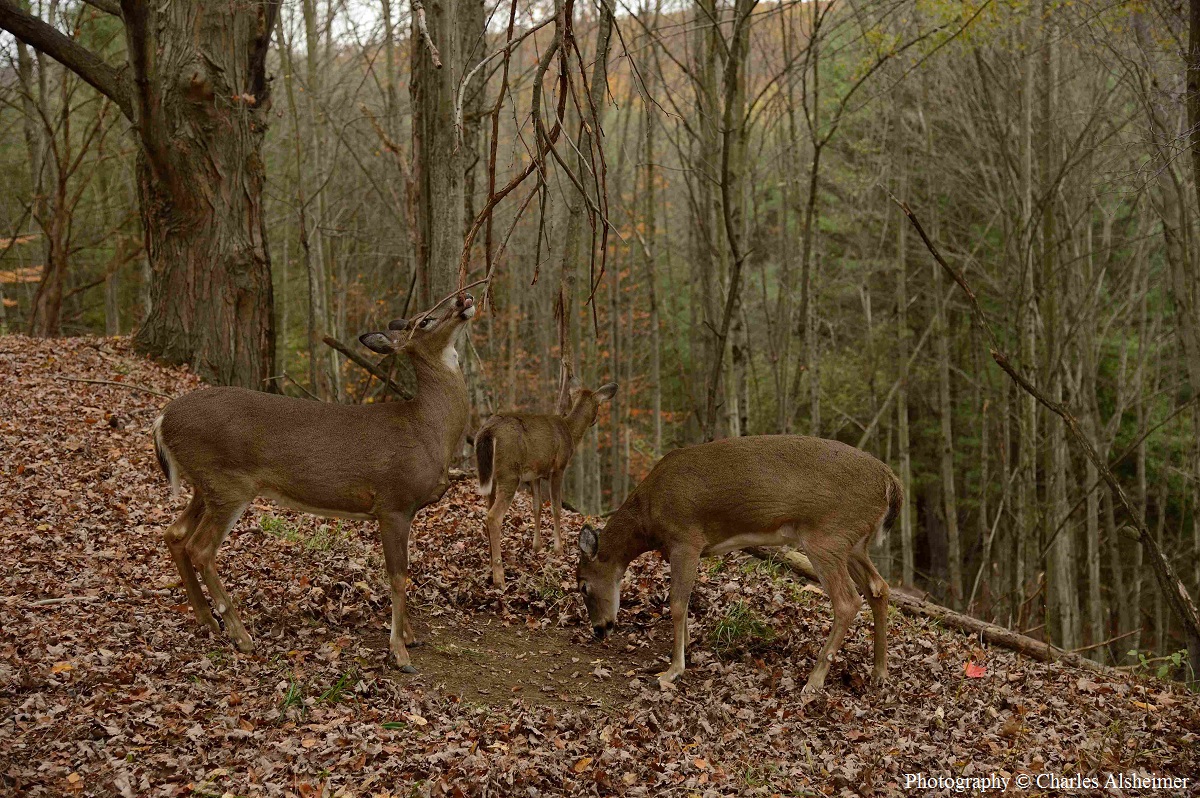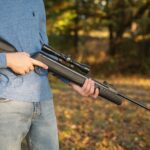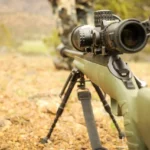
(Mark Raycroft photo)
I live in southeastern Pennsylvania, where open space and farmlands vanish at an alarming rate as properties are sold off for housing developments and commercial real estate projects. As a result, I need more than my 10 fingers to count the number of hunting properties I’ve lost access to over the years as the region’s population has grown.
To combat this, 12 years ago, my wife Allison and I purchased a house with a few acres of woods adjacent to it. One of the reasons for the 8-acre parcel was for privacy; the other was so I’d always have a few acres to bowhunt (She does love me!).
The challenge with hunting this property is that it’s bordered by a road on one side and usually an open field on the other. Hence, it took me a few years of hunting, running trail cameras, keeping a diary and doing plenty of scouting to determine when the best days of the year were to kill a deer on the property. In the end, I found the most concentrated buck activity on my land usually took place the days of Nov. 4-6, and my stand needed to be a ground blind set up in the lower corner of the property next to my woodlot — but not in it — for the best chance at success. While the end of October and first two weeks of November, in theory, should offer great deer hunting, the reality of my situation is that those three days typically provide the best chance for taking a buck.
Last fall, on a warm November day when the temperature climbed past 70, an 8-pointer made the fatal mistake of passing by me and my blind just after 9 a.m. The date was Saturday, Nov. 5, right in line with the three-day window noted above, just like clockwork.
The lesson here is that while any day is a good day to be out bowhunting, there are absolutely some time frames that are better than others, depending on when and where you hunt. For many bowhunters, it can be the days heading into the peak of the rut, while for others it may be the first few days of the season when deer are still unpressured. Others still can often pattern a given buck in late season, ambushing the animal on its way to a preferred feeding area.
No matter your personal hunting situation, one thing is for certain — the vast majority of hunters have a limited number of days they can take off to go afield. So, in an effort to help you plan for the upcoming season, we’re once again making our predictions for “can’t-miss” days to be in the woods this year.
We began our research by combing through the DataSport Fish & Game Forecaster, the book and app that predict wildlife movement for every hour of the year. The forecast is based on a complex computer algorithm that compiles data such as sunrise/sunset times, moon phases, the moon’s position relative to the Earth and more, while also factoring in other research and historical data. The end result is a comprehensive calendar of daily charts that suggest the best times for fish and wildlife activity every day of the year.
After reviewing the 2024 DataSport Forecaster, we asked our resident whitetail-hunting experts — Christian Berg, Clint Casper, Eddie Claypool and Bill Winke — to dive into the data while also incorporating their personal bowhunting experiences from over the years. In the end, we narrowed down our selections to the six days we feel you absolutely must be in the blind or stand this season. Here are our picks, along with some tips to help you maximize success during every part of the season.
Table of Contents
Early Season — Sunday, September 3
If you live or travel to a state where deer season opens early, you know how good the hunting can be, at least on evening sits as deer move to feed. Plus, early September offers the opportunity to take a buck in velvet, although more and more deer are shedding theirs with each passing day.
If you don’t mind hunting in warm weather, this time of the year can be the perfect time to tag a buck you’ve been eying on the trail cameras in recent weeks, especially if he’s a frequent visitor to the food plot, woodlot or farm field you watch over. The DataSport Forecaster suggests there may be decent wildlife movement periods the first few days of the month, but our pick is Sept. 3 due to a strong peak coinciding with the evening sit.

Bill: The bucks will start to shed their velvet and break up their bachelor groups and disperse into their fall ranges right about this time, making it a little bit unpredictable. But you can still fall back on summer patterns and hope they hold up for a few more days. Hunt the spots where your visual and trail-cam sightings have told you the bucks are feeding in the evenings. Forget morning hunting at this time. If it is really dry, waterholes are a great bet.
Christian: As someone who has often traveled to hunt the early season in states with Sept. 1 openers, I can’t honestly tell you it is the most exciting kind of deer hunting. After all, most early-season bowhunts are “afternoon only,” because deer feed all night in ag fields, and it is virtually impossible to approach these areas before dawn without spooking animals…That said, the rewards of early-season hunting can be substantial in the form of big, velvet-covered antlers, and some of the biggest bucks nationwide are taken in early September each year. Pre-hunt scouting, both via trail cameras and glassing, is critical here, as bucks will still be on a summer feeding pattern and can be expected to at least semi-reliably appear in roughly the same places at roughly the same time each day. However, this pattern won’t last long, so it’s critical that you, or your outfitter, have all the ducks in a row and strike while the window of opportunity remains open.
On Sept. 3, the forecast shows peak afternoon deer activity coinciding closer to sunset than it does earlier in the week. Of course, if you’re on a weeklong, early-season hunt, chances are you’ll be out each evening. Just don’t get discouraged if the first day or two is slow, as the evening action is likely to pick up as the week goes on.
Pre-Rut — Friday, October 27
For many hunters, deer season doesn’t begin in earnest until around the 24th or 25th of October. As the daylight periods grow shorter and the rut approaches, it usually means more deer will be on the move. Get a cold front passing through and you can really see an increase in whitetail activity!
With the moonrise only about a half-hour from sunset, and good wildlife movement predicted for both morning and afternoon, Oct. 27 is our pick for this month. That said, the DataSport Forecaster predicts solid movement peaks every day Oct. 26-29, so any of these days should be good options. Watch the weather closely and be prepared to sneak out if the temperatures drop sharply.
Eddie: This time can’t be beat for killing a “local” mature buck, as they will not have begun traveling great distances from their core areas as of yet. Mature bucks will be engaged in huntable daytime movement now, patrolling nearby does, a few of which will have come into estrus in the previous week or so. Sneak into a travel corridor between thick cover and a doe feeding area, and be on full alert the first and last half-hour of daylight.
Clint: This time frame is statistically one of my absolute FAVORITES of the year, and for good reason. During this time, bucks are ramping up their daylight activity as the rut draws closer and closer. With the full moon present, expect increased buck activity in and around doe bedding and feeding areas as bucks are searching for that first hot doe. Good transitional zones from bed to feed, feeding areas and doe bedding areas will be great spots to home in on for the next few days. Rubs and scrapes will now be popping up everywhere. Be mobile and hunt the hottest sign available until you bounce into that buck of your dreams.
Peak Rut — Tuesday, Nov. 7 & Sunday, Nov. 12
Survey 100 hunters in the Northeast, Midwest and Mid-Atlantic Regions, and it’s a safe bet that more than 90 percent of them would say the first week of November is the best week to be in the whitetail woods all year long. Well, this year the DataSport Forecaster is predicting only average daytime wildlife movement during that week. However, we all know deer don’t pay attention to prognostications, and local conditions on the ground will have much more of an influence on what whitetails will be doing and when.
For 2024, we’re actually picking two “must-hunt” days. One is Nov. 7 since it falls within the traditional whitetail chasing phase that gets bowhunters so pumped up. Wildlife activity is predicted to be at its daylight peak between 9 and 9:30 a.m., making it a great day to stay in the stand all morning.

The other day is Nov. 12. Although many bucks may be locked in tight cover on hot does my mid-month, hit it right and you can have a spectacular morning or afternoon sit. During these first two weeks of the month, it’s also a good idea to plan for all-day-sits — unless the weather is atypically warm — because you never know when a big buck might finish with the doe he is with, or even cruise in from a neighboring area.
Bill: Nov. 7 has long been my favorite single day of the season because so many really good bucks are shot on — or very close to — this date. Funnels are always a good bet at this time. The bucks are actively looking for does early in the rut, so focus on hunting the downwind fringe of doe bedding areas in the mornings and close to places where does feed in the evenings. As the rut wears on, does will stop coming out in the open to feed, but for now you should still find them, and the bucks looking for them, near food in the evenings. This is the time to hunt all day.
Christian: When it comes to specific days to target during the rut, many hunters adopt a “set it and forget it” mindset and simply put in for vacation in the Nov. 5-7 time frame year after year. While there’s no doubt these are great days to be in the woods, a closer look at the forecast for this fall indicates the end of that week — specifically the Nov. 10-12 period — may in fact end up yielding this year’s hottest rut action.
Nov. 12, specifically, looks to be the best day of the week, with very good action predicted both morning and midday. Similar conditions are forecast for the 10th and 11th as well, which should be no surprise considering the approaching New Moon on Nov. 13 and moonrise and moonset times during this period that roughly coincide with peak morning and evening hunting hours. Add it all together with the whitetail’s normal November agenda and you have the perfect recipe for all-day sits.
Secondary Rut — Wednesday, December 13
By now, peak rut has come and gone — and firearms season may have too, depending on where you live — so bowhunting at this time of year can be tough. However, in some areas a number of unbred does and even early-born fawns may come into estrus, attracting the interest of at least a few bucks.
The trick at this time of the year is to hunt areas where deer feel safe and have access to good, preferably nearby, food sources. The DataSport Forecaster is predicting good afternoon movement Dec. 13, with favorable moonrise and moonset times that day. Factor in the New Moon the day before and everything sets up for what may be a great evening on stand.

Eddie: Find the primary food source for the majority of the local does (and) pick multiple spots that will situate you downwind of said food source, where thicker cover transitions into more open cover that is leading to and from the food source. There can be intense flurries of rut activity during this time, so don’t leave your grunt tube or rattling horns at home.
Clint: With the primary rut in our rearview mirror, we must now switch gears and start thinking about the second wave of rutting activity and food! Body weight has been cut down dramatically, so bucks will not only be seeking out the second wave of breeding action but also the hottest food sources available.
The does will now lead the show, and your scouting efforts should consist of locating good food sources that are attracting lots of does, and the bucks will follow. With a New Moon present, I’d primarily focus on evening hunts during this time frame, as the action should be great with bucks heading to check food sources for does and a good meal for themselves.
Late Season — Saturday, January 13
Most hunters have long since put away their bows by the time the New Year comes in, but dedicated archery enthusiasts willing to brave the elements in January know they can still capitalize on big bucks, which have shifted their focus to surviving the winter. Unless you have a honey hole with tons of deer and no pressure, it’s best to concentrate efforts on evening hunts as deer move from bedding to feeding areas. Of course, this also allows you to avoid the bone- chilling cold that accompanies early-morning sits at this time of the year.
The DataSport Forecaster predicts wildlife activity should be very good to excellent on the afternoons of Jan. 12-14, so any or all of these days could be worth a trip to the stand, especially if weather conditions are in your favor. That said, we’re going with the 13th since there’s a strong afternoon peak that coincides perfectly with prime hunting time.
Clint: Late is great! With most hunters tagged out, or having hung the bow up for the year, the woods now belong to those who still want to grind it out. With cold and snow in the forecasts often, a smart bowhunter will be searching for south-facing slopes and available food sources. Due to the rigors of the rut, bucks have lost a ton of weight, so food is now king. Scout on foot and use cameras to your advantage to locate a good feed source and then set your trap. Inside field edges, corners and good transition zones from south-facing slopes, which get the most sunlight, to a good food source will be the hot ticket!
DataSport Fish & Game Forecaster
Now in its 50th year, the DataSport Fish & Game Forecaster has been used by countless sportsmen over the decades to help decide when the best times may be to head out to the woods or water. The original fish and wildlife movement predictor, the Forecaster is developed based on two main guiding principles:
- By studying and documenting past wildlife patterns and statistics, you can identify trends that are likely to repeat themselves.
- There are many predictable factors (sunrise, sunset, lunar forces, etc.) that dictate these patterns of activity.

According to DataSport President John Lehman, a number of people actually contact him each year before the Forecaster is even published to ask for the best week to hunt the next fall so they can plan their hunting trips.
“Generally speaking, I feel that some hunters don’t ‘believe’ (in the forecast) at all, while others are completely sold,” Lehman said. “I try to get the non-believers to go out and just observe wildlife, whether they’re scouting or actually hunting, and come back to see if the time they’ve seen most activity mirrors the prediction. So many times it is extremely close and, if it isn’t, there’s usually a weather-related factor (involved).”
In making its daily predictions, the Forecaster looks at a variety of short- and long-range factors such as the amount of daylight, moon phases, moon positioning and more that can influence game movement. And whether you are a sceptic or devotee of the forecast, one thing is for certain — it’s an inexpensive tool that may help, and certainly won’t hinder, your preparation and planning for the season.
Get the Forecaster: $14.95 for book; $4.99 app (for iPhone/iPad/iTouch only) datasportinc.com; 404-252-5544








![Air gun 101: The differences between .177 & .22 – Which jobs they do best ? [Infographic]](https://airgunmaniac.b-cdn.net/wp-content/uploads/2024/11/1773-218x150.jpeg)










































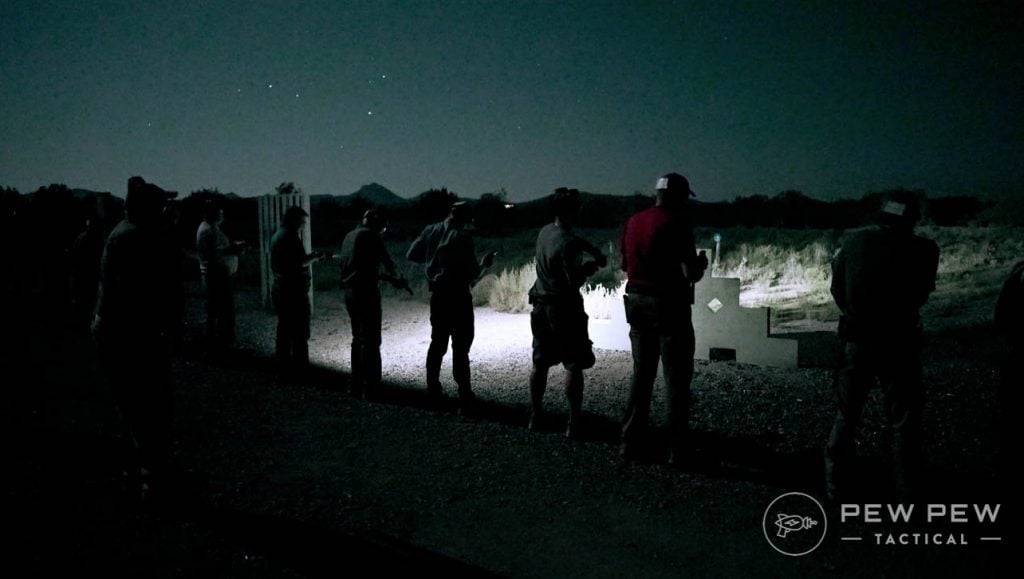
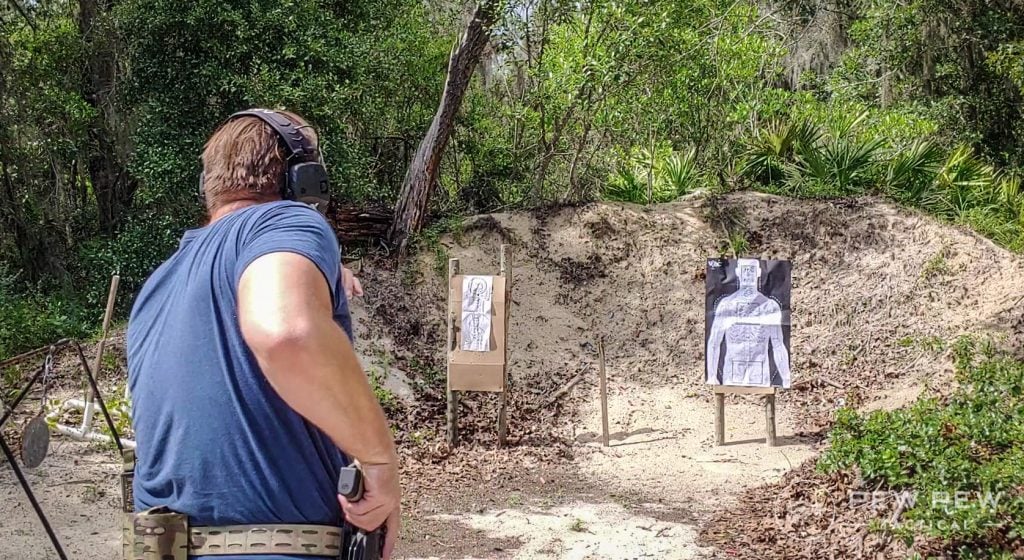

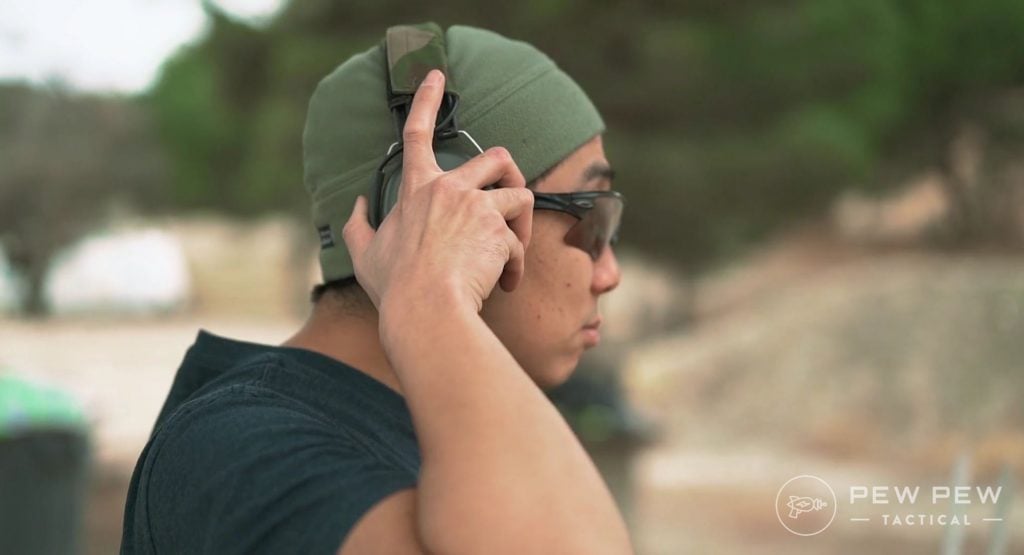
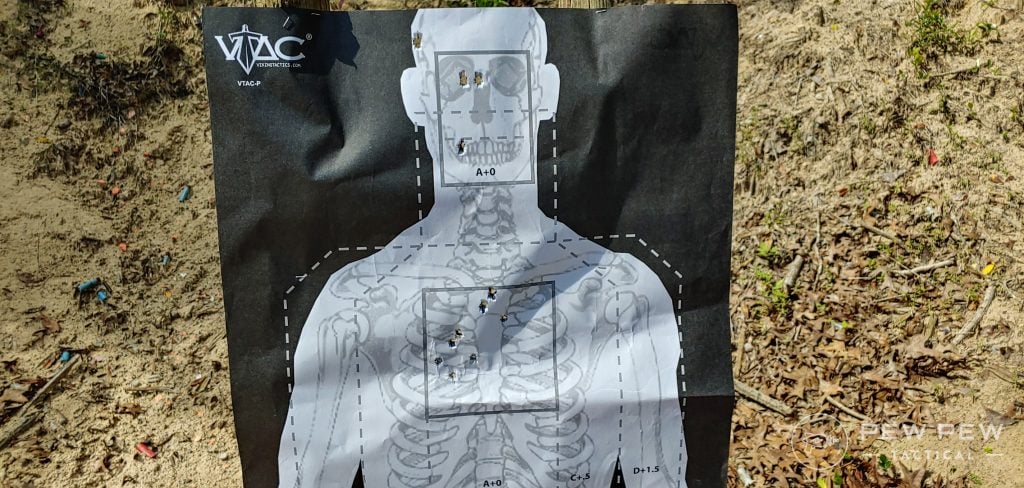
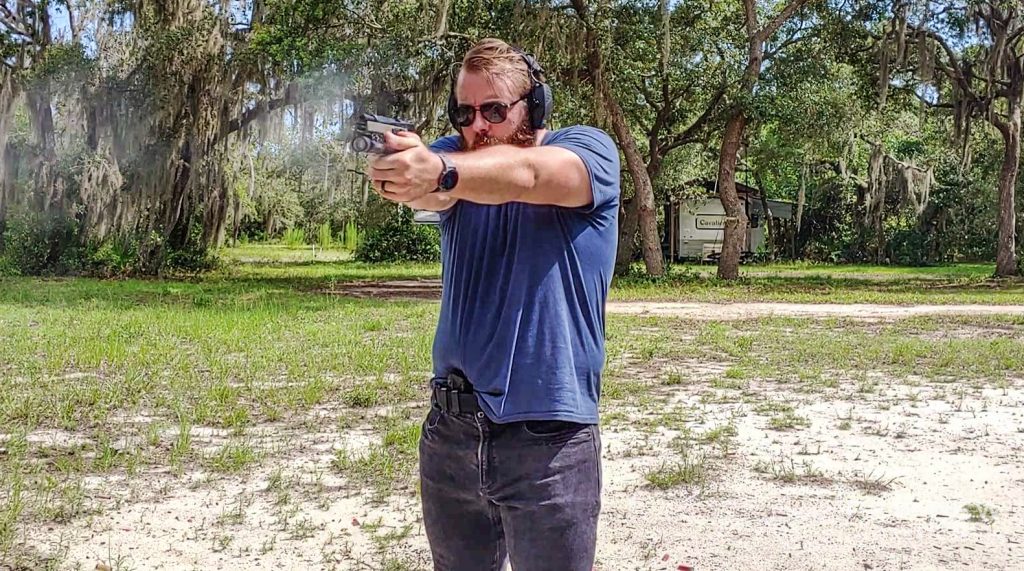
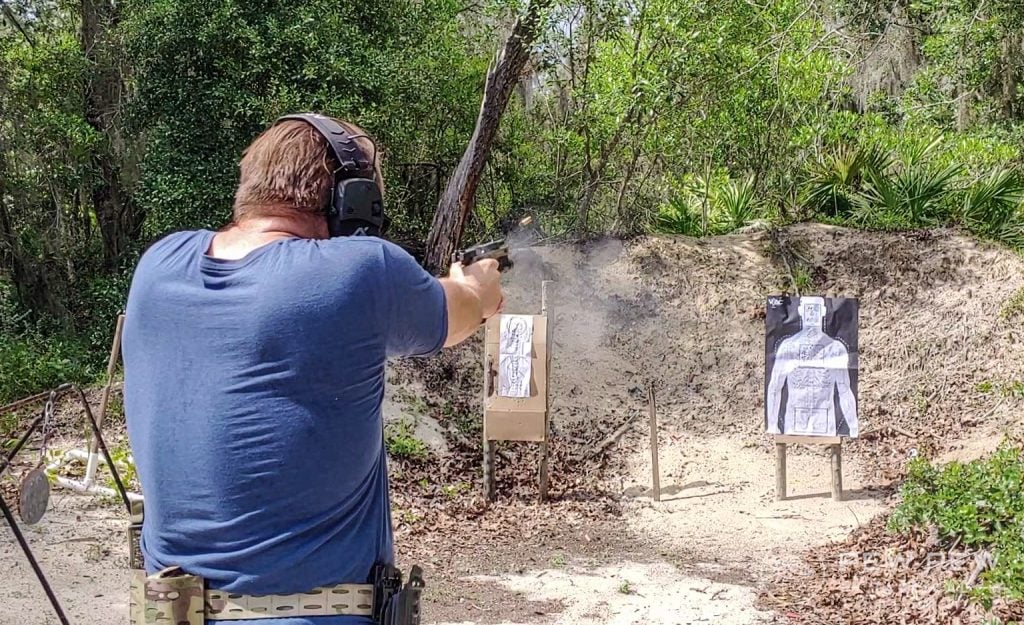
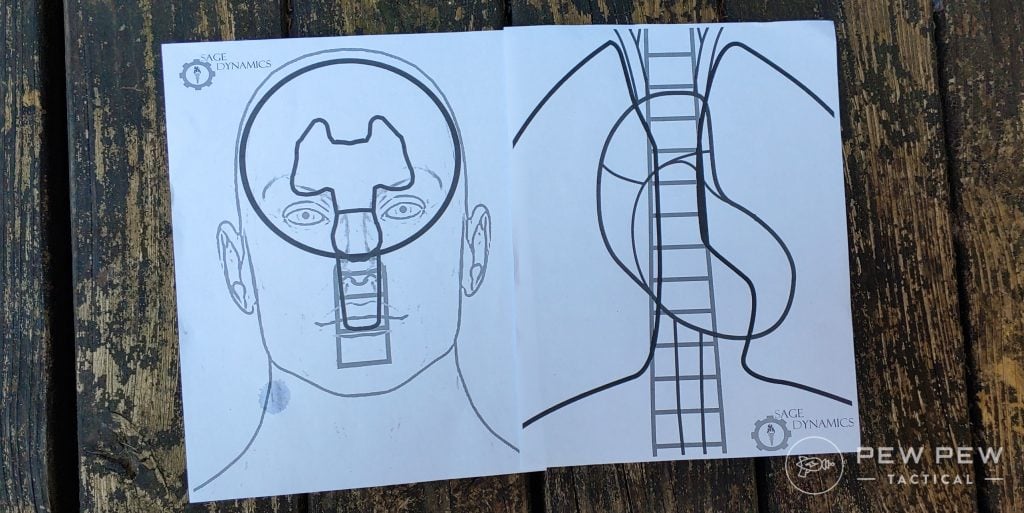


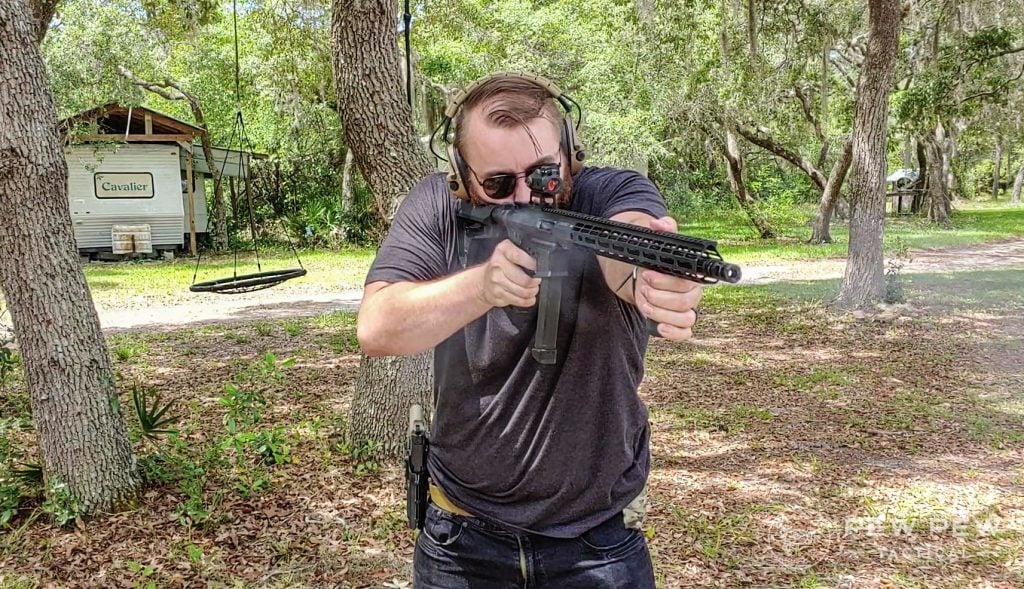






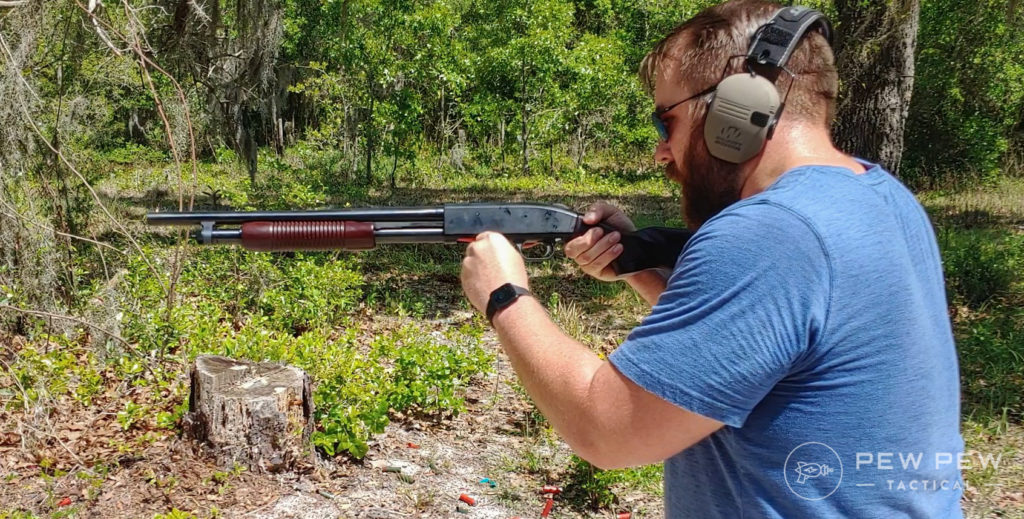
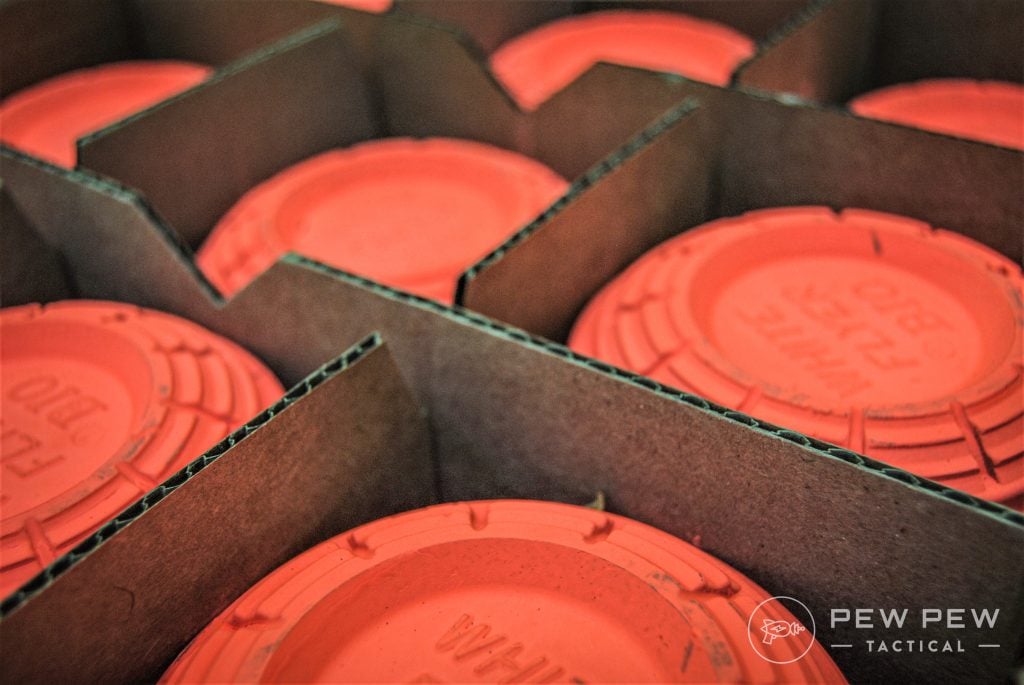
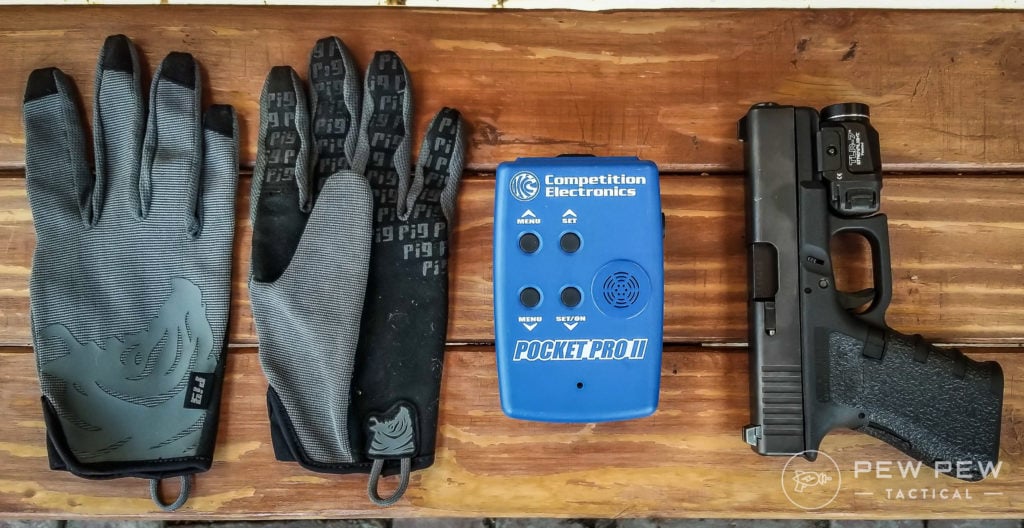















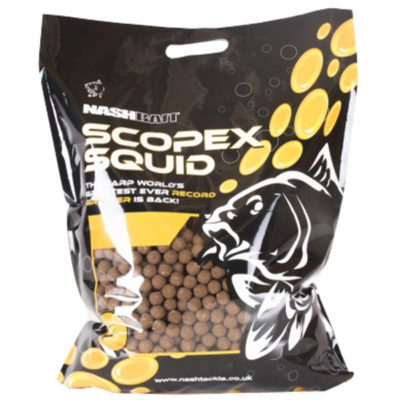

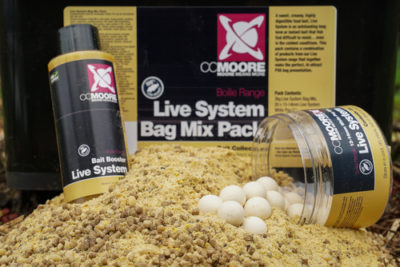







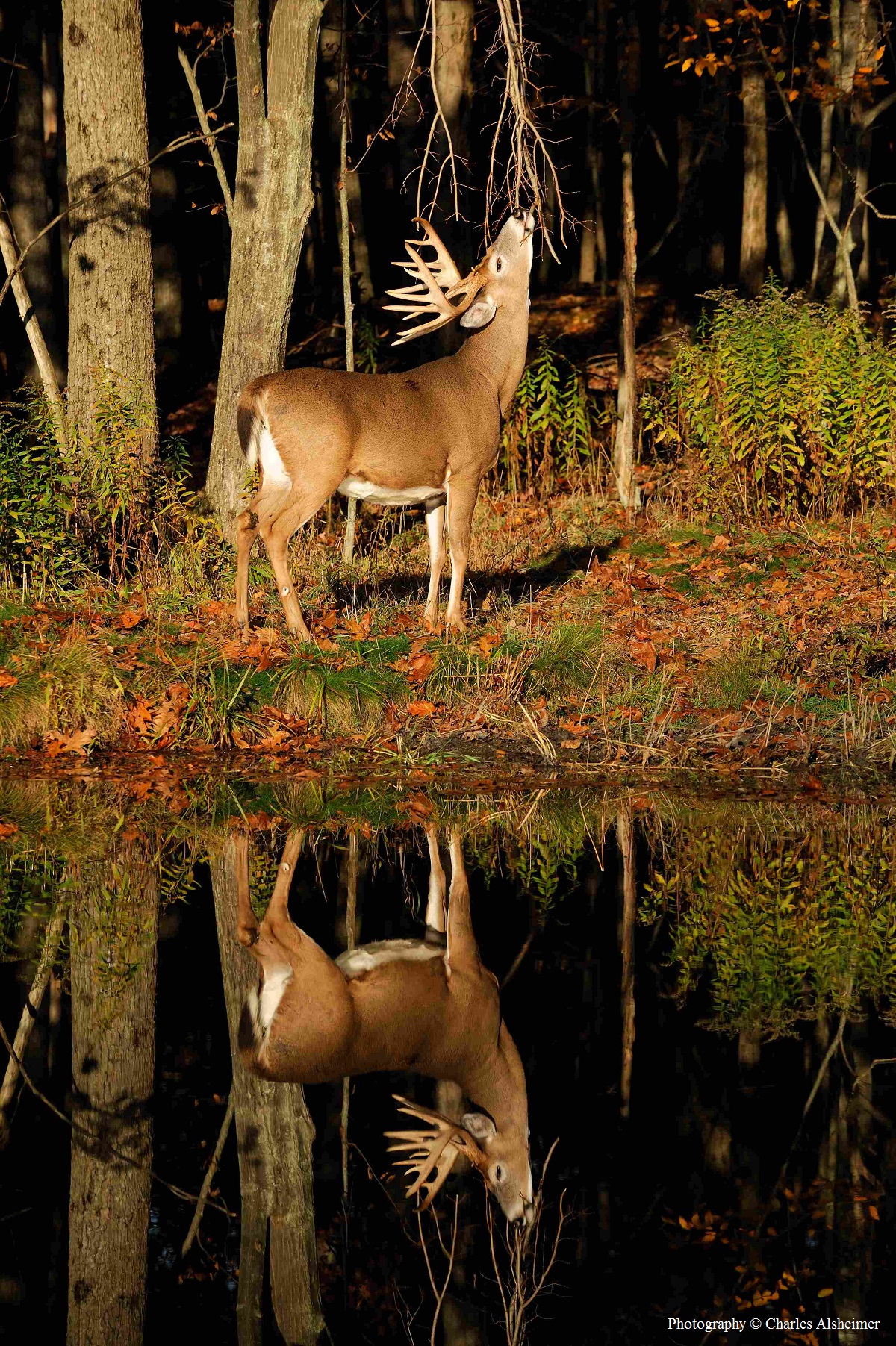 Typical scraping behavior involves leaving scent from a buck’s nasal, preorbital and forehead glands. When done working the branch bucks will paw the ground and urinate into the ground.
Typical scraping behavior involves leaving scent from a buck’s nasal, preorbital and forehead glands. When done working the branch bucks will paw the ground and urinate into the ground.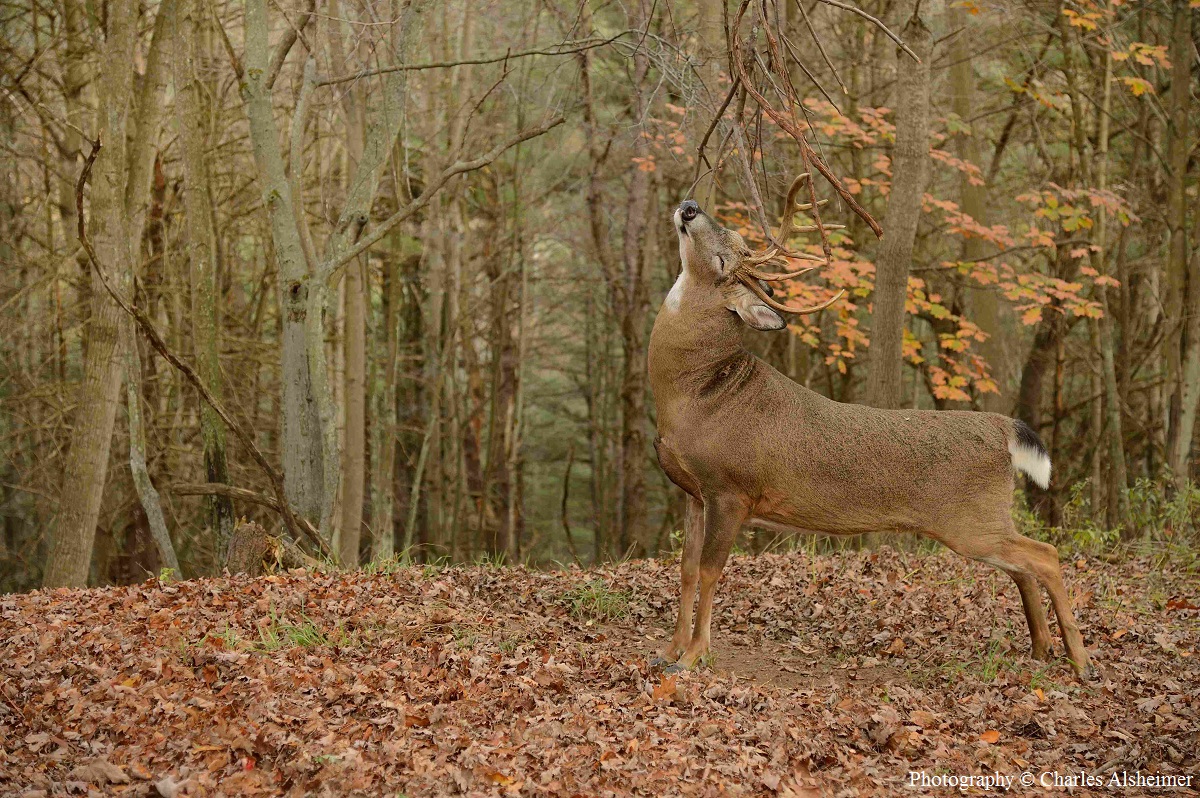 During the two weeks leading up to peak breeding mature bucks can be expected to make between 6 and 12 scrapes every hour they are on their feet.
During the two weeks leading up to peak breeding mature bucks can be expected to make between 6 and 12 scrapes every hour they are on their feet.